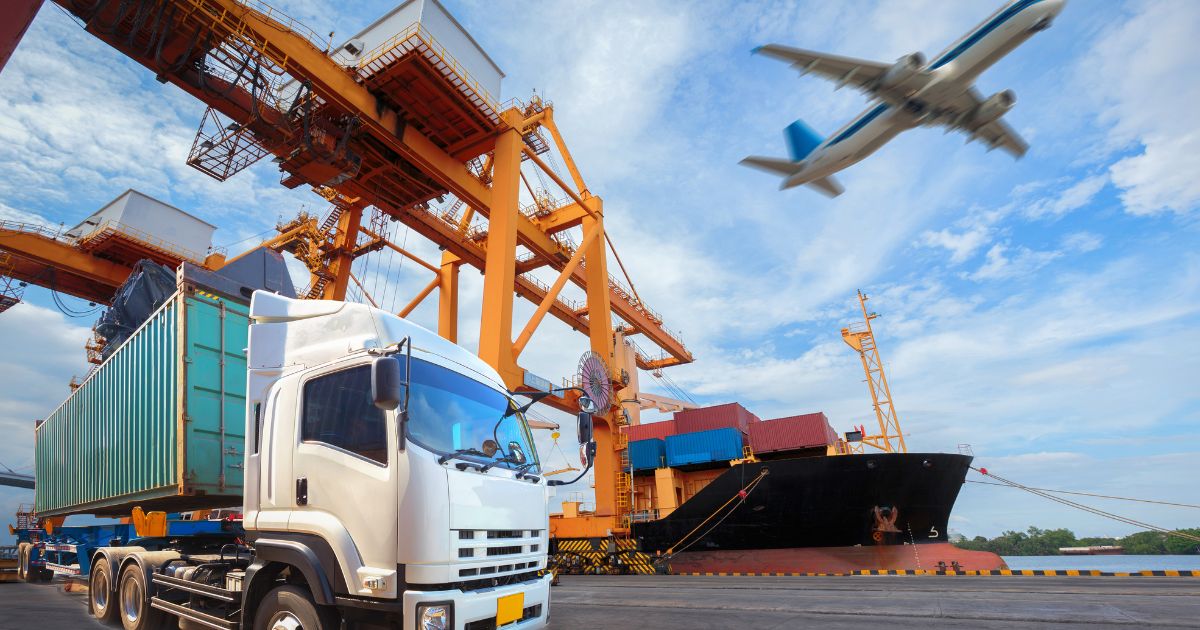The Australia third-party logistics (3PL) market, valued at AUD 188.92 billion in 2024, has experienced significant growth, driven by access to specialised logistics expertise and advanced technology, which enhance operational efficiency and reliability. The market is forecast to grow at a compound annual growth rate (CAGR) of 5.60% from 2025 to 2034, potentially reaching AUD 325.77 billion by 2034, as providers support international expansion by offering global transportation and distribution networks. This remarkable trajectory is a reflection of the shifting landscape of logistics in Australia, which has seen increasing demand for advanced supply chain solutions across various industries, including retail, automotive, healthcare, and manufacturing.
Table of Contents
ToggleDrivers of Growth
The Australian 3PL market’s expansion is primarily fueled by the growing need for cost-effective and scalable logistics solutions. As businesses aim to streamline operations, reduce costs, and focus on core competencies, the demand for third-party logistics services has intensified. Outsourcing logistics to 3PL providers allows companies to focus on their strengths while relying on specialized firms to manage transportation, warehousing, inventory management, and other supply chain functions.
Moreover, the rise in e-commerce has played a pivotal role in the growth of 3PL services. The shift towards online shopping has led to increased demand for more efficient and timely delivery services. 3PL providers have responded by investing in cutting-edge technologies like automation, robotics, artificial intelligence (AI), and data analytics to optimize warehouse management and last-mile delivery operations, ultimately improving service quality and customer satisfaction.
Technological Advancements and Their Impact
Technology is one of the most critical factors contributing to the continued success of the 3PL market. Advanced technologies, such as real-time tracking systems, route optimization tools, and warehouse automation, are increasingly being integrated into logistics operations. These innovations not only enhance operational efficiency but also provide greater transparency, allowing businesses and customers alike to monitor shipments in real-time, mitigate delays, and ensure that goods are delivered on time.
Another key development is the adoption of AI and machine learning for predictive analytics, which enable 3PL providers to anticipate demand fluctuations, optimize inventory levels, and reduce wastage. This capability is particularly valuable in the highly competitive Australian market, where companies are seeking every possible advantage to improve their bottom lines and provide superior service.
Expansion and Global Reach
As Australian businesses increasingly expand beyond their national borders, the role of 3PL providers in facilitating international growth becomes even more pronounced. By offering access to established global transportation and distribution networks, 3PL providers help Australian companies navigate the complexities of international trade, including customs compliance, cross-border transportation, and global supply chain management.
These global networks allow companies to tap into new markets and maintain a competitive edge while mitigating the risks and challenges associated with overseas logistics. With Australia being a significant player in Asia-Pacific, 3PL providers with robust international capabilities are expected to continue growing in importance as more Australian businesses seek to capitalize on global opportunities.
Challenges in the 3PL Market
Despite the promising growth prospects, the Australian 3PL market does face some challenges. One of the primary concerns is the increasing demand for sustainability and eco-friendly solutions. Customers and regulators alike are pushing for greener logistics practices, including reduced carbon emissions, the use of renewable energy in warehouses and transport fleets, and the implementation of circular supply chains.
The challenge is to balance these environmental demands with operational efficiency and cost-effectiveness. However, many 3PL providers are already investing in greener technologies, such as electric delivery vehicles, solar-powered warehouses, and sustainable packaging, to meet these expectations.
Another challenge lies in the ever-growing complexity of supply chains. The COVID-19 pandemic underscored vulnerabilities in global supply chains, highlighting the need for resilience and adaptability. As disruptions remain a risk, 3PL providers must continuously innovate and refine their operations to ensure that they can weather future storms, whether they are caused by pandemics, natural disasters, or geopolitical events.
Future Outlook
The future of the Australian 3PL market is undoubtedly promising, with growth set to continue in the coming years. With a forecasted CAGR of 5.60% from 2025 to 2034, the market is positioned to expand significantly, driven by technological innovation, international trade, and the continued rise of e-commerce. Additionally, as Australian businesses look to scale globally, 3PL providers will continue to offer the necessary logistics expertise and infrastructure to facilitate smooth international expansion.
In conclusion, the Australian 3PL market stands at the cusp of substantial transformation. Providers that can leverage technology, enhance operational efficiency, and embrace sustainability will be well-positioned to meet the demands of the evolving marketplace. As the market grows, Australian businesses will increasingly rely on 3PL providers to navigate the complexities of modern supply chains, ensuring that logistics become a key enabler of business success.
